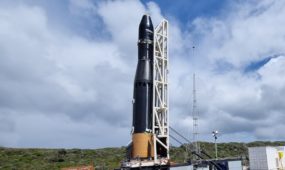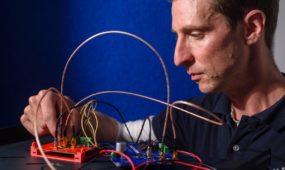Asteroid sample found in Hayabusa2 capsule
Space
Japan Aerospace Exploration Agency (JAXA) has confirmed its Hayabusa2 sample-return capsule that landed in South Australia contains particles from primordial asteroid Ryugu.

Sign up to receive notifications about new stories in this category.
Thank you for subscribing to story notifications.
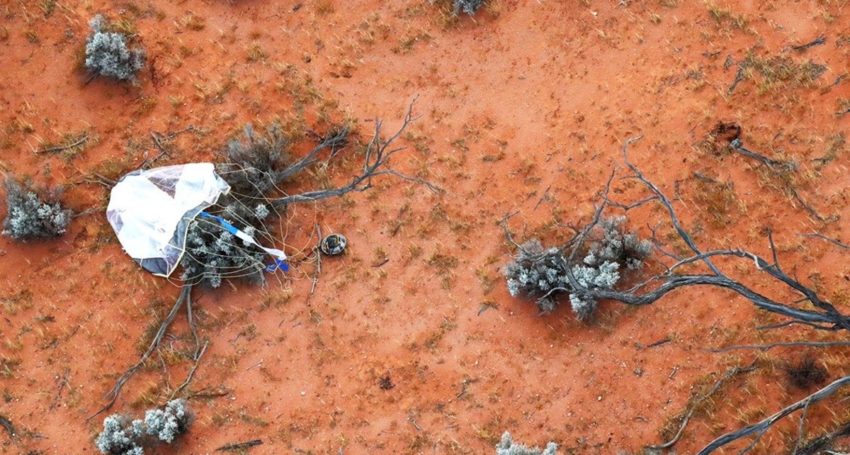
“We have confirmed that the capsule contains a considerable amount of sand collected from Ryugu,” Hayabusa2 project manager Yuichi Tsuda announced at a press conference yesterday in Japan.
JAXA posted images of the first of two sample collections performed during its mission to the official Hayabusa2 Twitter account. Although the sample appears to be brown, JAXA said the sand looks black in person.
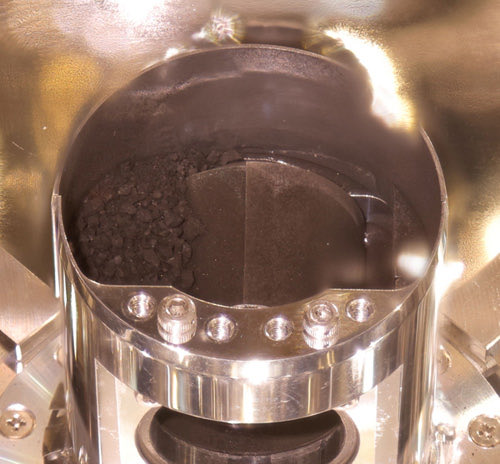
Hayabusa2 sample
This follows JAXA’s confirmation that gas present in the capsule was also from Ryugu, making it the world’s first sample-return of a gas from deep space.
The capsule was opened at JAXA’s Sagamihara campus in Kanagawa Prefecture, Japan, on December 14, over a week after it landed in South Australia on December 6.
Dr Masaki Fujimoto, deputy director general of JAXA’s Institute of Space and Astronautical Science, said the capsule took a while to open despite its small size due to the need to remove and clean multiple parts individually.
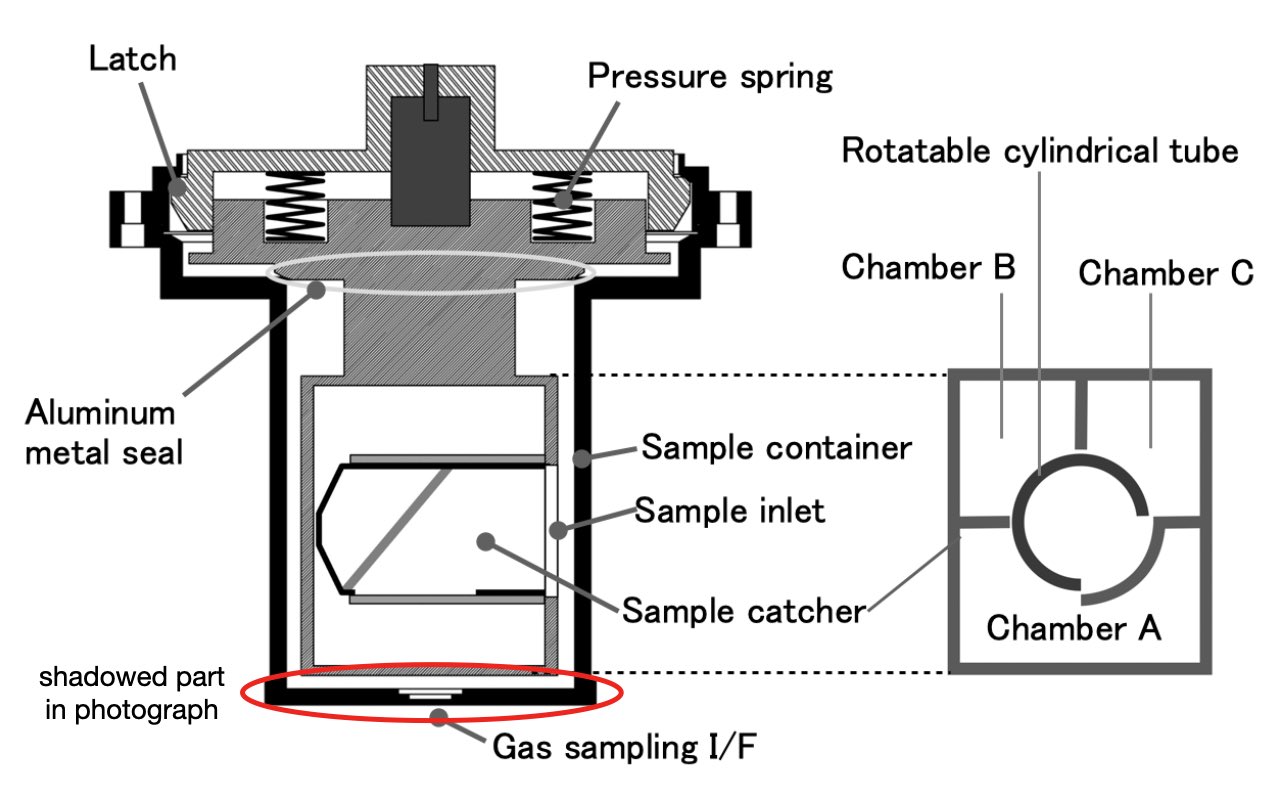
Hayabusa 2 capsule design. Image: JAXA
He said the capsule was expected to contain one gram of dust in total, but that tiny sample could confirm the theory that Earth was originally very dry due to its proximity to the sun and gained water from other planetary bodies that were born in the outer part of the solar system.
A 72-member JAXA team travelled to Woomera Prohibited Area at the beginning of December to retrieve the capsule.
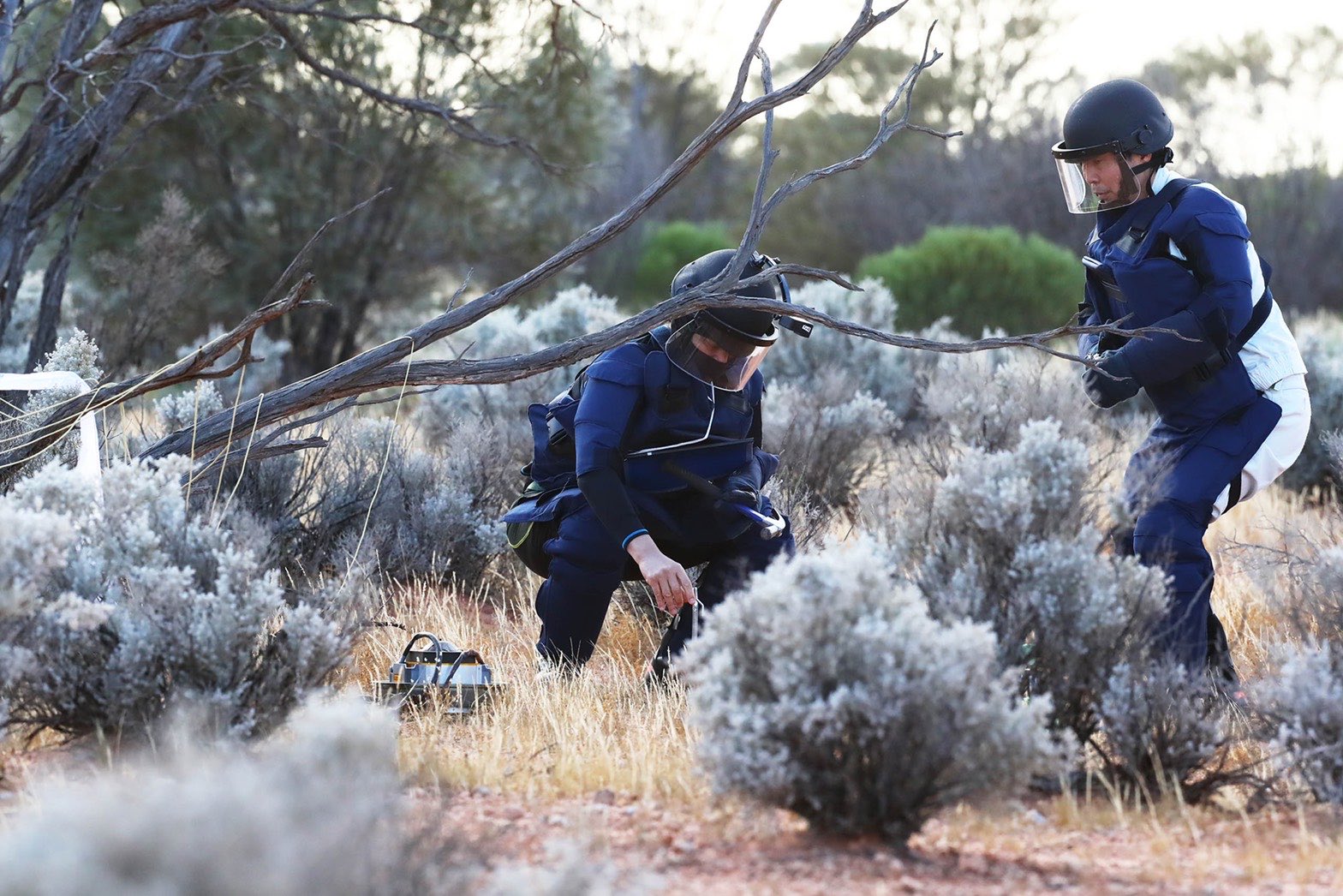
Hayabusa2 capsule retrieval. Photo: JAXA
The desert area, approximately 450 kilometres northwest of Adelaide, South Australia, is commonly used for rocket testing.
The capsule fell to Earth early on December 6 and was quickly retrieved by the team monitoring its beacon.
The capsule was taken via private plane to JAXA’s Sagamihara Campus’ curation centre and arrived approximately 56 hours after its landing, well within the 100-hour time limit to prevent contamination by terrestrial gas.
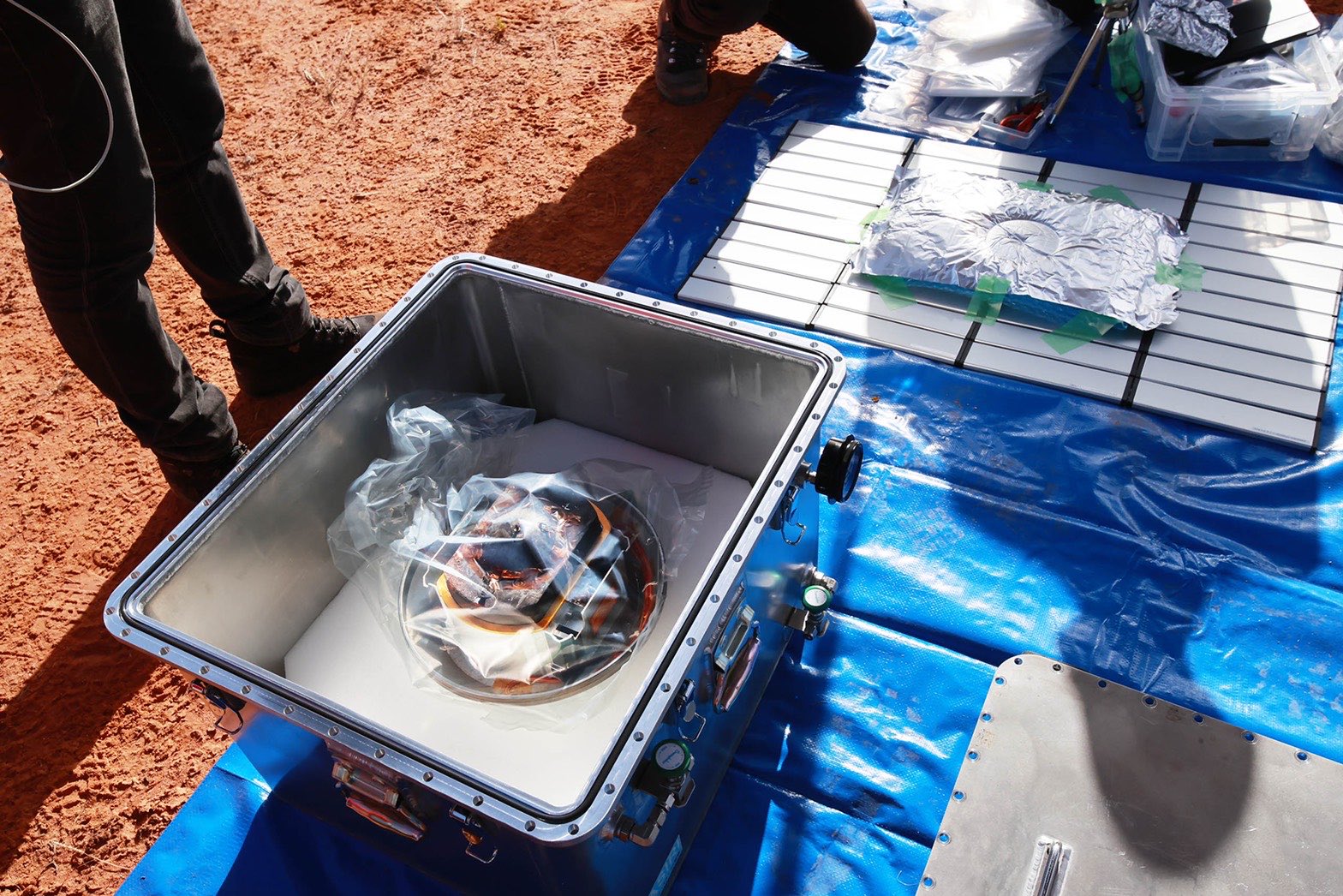
Hayabusa2 capsule packed for return to Japan. Photo: JAXA
JAXA’s next step will be the “initial curation” of the samples.
This will involve cataloguing the samples, which Dr Fujimoto expects will take approximately half a year.
He said handpicked Japanese and international scientists would then perform “initial analysis” of the samples to prove the scientific potential of the samples for approximately one year.
Finally, once the results have been published near the end of 2022, scientists from around the world will be able to submit proposals to study the samples.
The Hayabusa2 spacecraft will now continue on for 11 years to perform a reconnaissance mission to asteroid 1998 KY26, a small 30 metre-diameter near-earth object that spins at a high rate of 10.7 minutes.
Dr Fujimoto said 1998 KY26 is a potentially hazardous type of asteroid that no one has ever explored before.
“When it comes to asteroids larger than 100 metres, we know all of them. And we know there’s no chance of having them hitting earth in the next tens of thousands of years,” Dr Fujimoto said.
“But when it comes to asteroids smaller than 100 metres, even though it may destroy a city when it hits at the wrong spot on Earth, I don’t think we know all of them. And we don’t know their nature, we don’t know their characteristics.
“Someday it may hit Earth, so exploring this asteroid has the flavour of planetary defence.”
Hayabusa2’s extended mission will be to gain a better understanding of the asteroid but since the spacecraft no longer has a capsule no samples will be taken and the satellite will continue to report from space until its systems fail.
Jump to next article
